When it comes to maintaining a vibrant and healthy garden, efficient watering is essential. A water timer can simplify this process, ensuring that plants receive the right amount of moisture at the appropriate times. With various options available on the market, selecting the right water timer tailored to your garden’s specific needs can be daunting. This article will guide you through the important considerations when choosing a water timer, types of timers available, features to look for, installation tips, and maintenance advice.
Understanding the Importance of Water Timers
Why Use a Water Timer?
Water timers automate the watering process, allowing gardeners to set specific schedules for their irrigation systems. This means that plants receive consistent watering even when the gardener is busy or away. By using a timer, you can ensure that your plants are watered early in the morning or late in the evening, which minimizes evaporation and conserves water.
Benefits of Automated Watering
Automated watering systems help maintain optimal soil moisture levels, reducing the risk of overwatering or underwatering. Over time, consistent watering leads to healthier plants, improved growth, and higher yields. Additionally, water timers can save you money on your water bill by preventing wastage. The convenience they offer allows gardeners to focus on other tasks, knowing that their plants are being cared for without constant supervision.
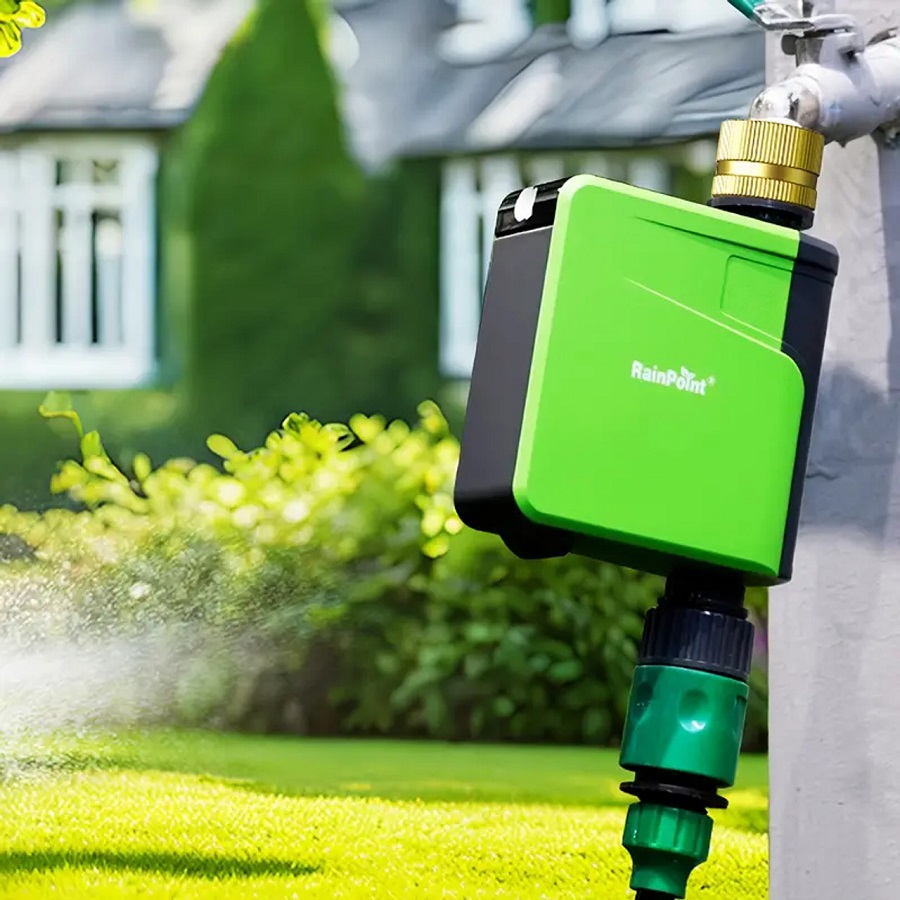
Types of Water Timers
Mechanical Water Timers
Mechanical timers are simple devices that operate using a dial or lever. They rely on a spring mechanism to control the duration of water flow. These timers are typically inexpensive and easy to use, making them a popular choice for beginner gardeners.
Advantages of Mechanical Timers
The main advantage of mechanical timers is their ease of use. They require no batteries or electricity, which means they can function reliably even in power outages. Additionally, these timers often have a straightforward design, making them accessible for those who may not be technologically savvy.
Limitations of Mechanical Timers
However, mechanical timers can have limitations. They may not offer the precision or flexibility of digital models, such as specific start times or advanced programming options. Also, mechanical parts can wear down over time, resulting in inaccurate watering schedules.
Digital Water Timers
Digital water timers offer advanced features compared to their mechanical counterparts. They typically include LCD screens, programmable settings, and multiple watering schedules. These timers allow users to customize their watering routines based on plant needs and weather conditions.
Advantages of Digital Timers
Digital timers provide greater flexibility and control over watering schedules. Users can set multiple start times, adjust durations, and even account for rainfall with rain delay features. This level of customization ensures that plants receive optimal care, especially during varying weather conditions.
Limitations of Digital Timers
On the downside, digital timers may be more expensive and require batteries or electricity to operate. They can also be more complex to program, which may deter some users from fully utilizing their capabilities.
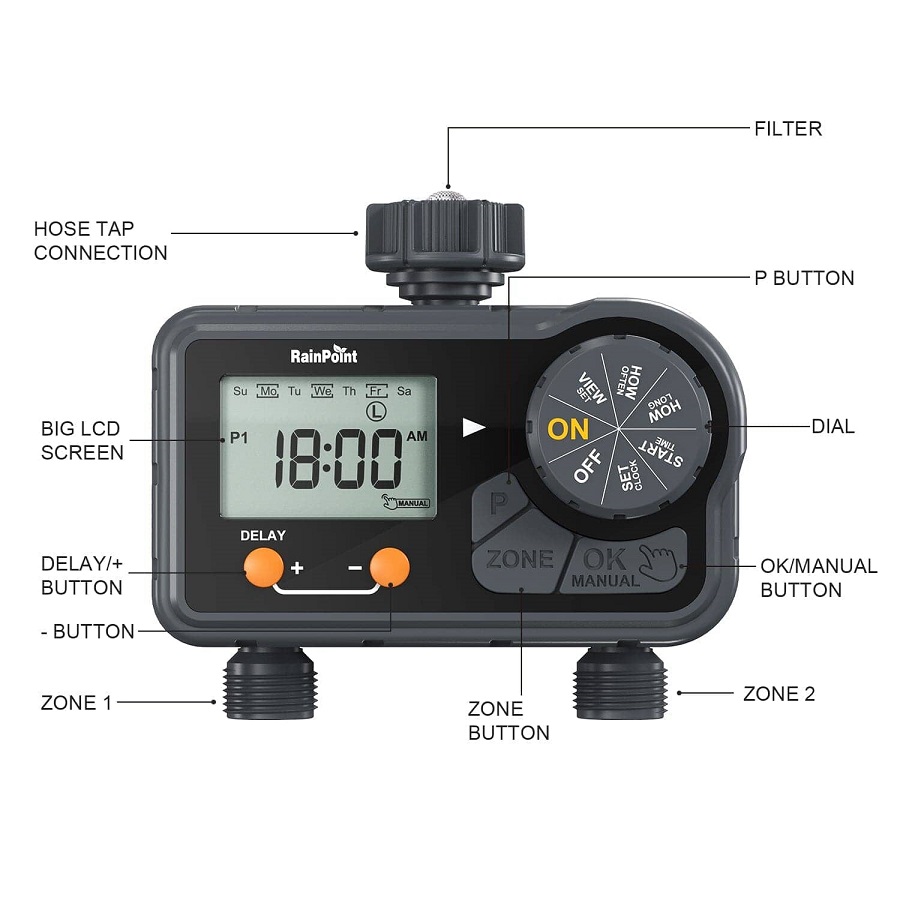
Key Features to Look For
Programmability
One of the most critical features to consider when choosing a water timer is programmability. Look for models that allow you to set multiple watering schedules throughout the week. This feature is particularly useful for gardens with diverse plant types that require different watering frequencies.
Rain Delay Functionality
A rain delay feature is essential for eco-conscious gardeners. This function pauses the watering schedule during periods of rainfall, preventing overwatering and conserving water resources. Many advanced timers come equipped with this functionality, making them a valuable investment.
Durability and Weather Resistance
Since water timers are often exposed to the elements, it’s crucial to select models made from durable materials that can withstand outdoor conditions. Look for timers with weather-resistant casing to ensure longevity and reliable performance.
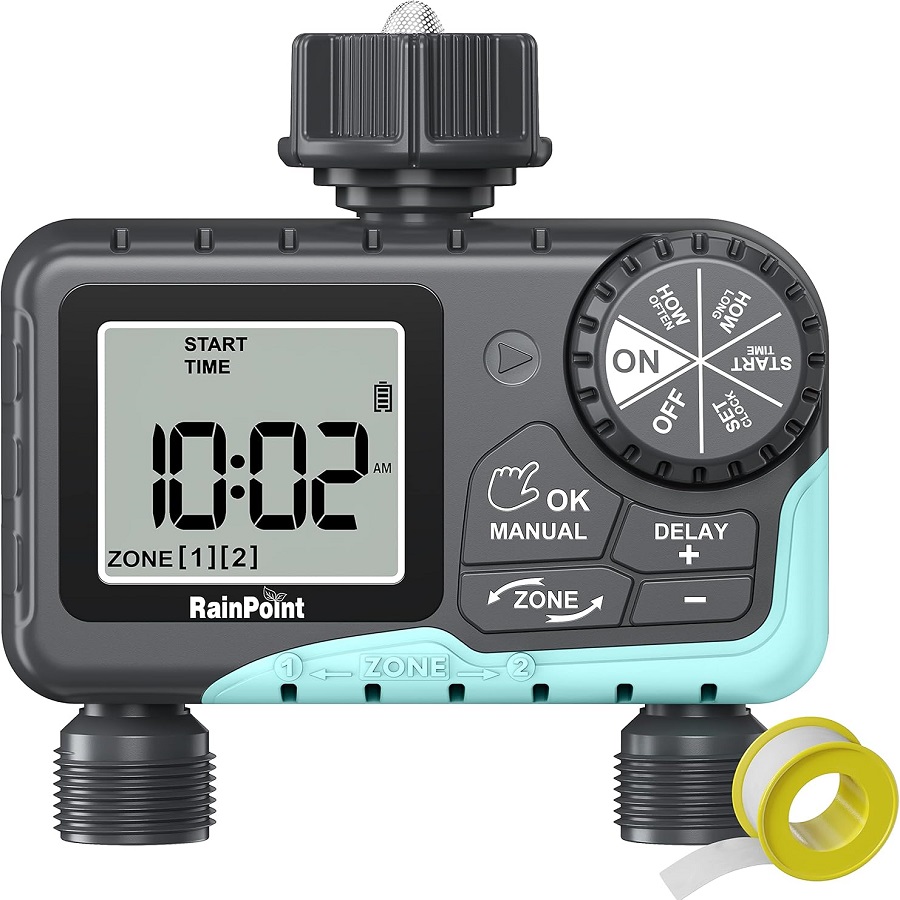
Installation Tips
Choosing the Right Location
Proper installation begins with selecting the right location for your water timer. Ensure that it is placed near a water source, such as a faucet or hose connection. Additionally, consider the layout of your garden and the reach of your watering system to optimize efficiency.
Connecting Your Water Timer
Once you’ve chosen the location, connecting the water timer is relatively straightforward. Most timers come with clear instructions. Typically, you’ll need to attach the timer to the faucet and then connect your hose or irrigation system to the timer. Make sure all connections are secure to prevent leaks.
Testing Your Setup
After installation, it’s crucial to test your setup. Run the timer for a short duration to check for leaks and ensure that water is distributed evenly across your garden. Adjust the timer settings if necessary to achieve the desired watering coverage.
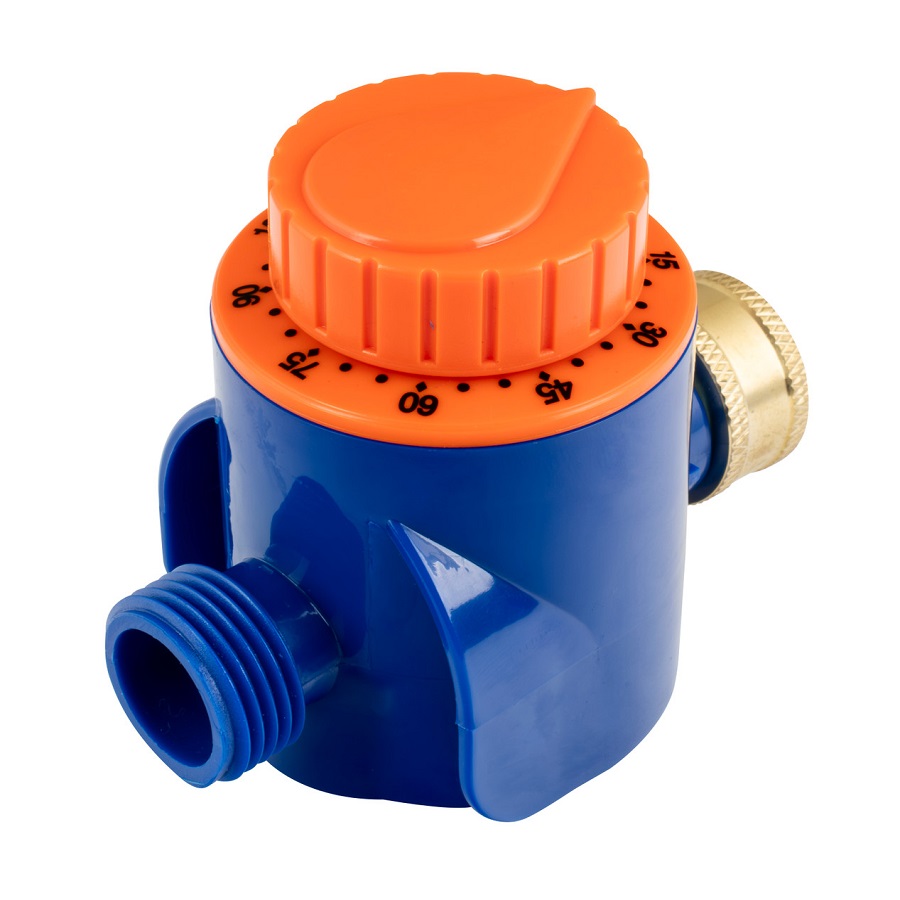
Maintenance of Water Timers
Regular Checks
To ensure optimal performance, regularly check your water timer for any signs of wear or damage. Look for cracks in the casing, frayed wires, or rust on metal components. Addressing these issues promptly can prevent costly repairs or replacements.
Cleaning the System
Periodically clean your water timer and hoses to prevent clogs and ensure proper flow. Remove any debris or sediment that may accumulate over time. A clean system will work more efficiently and prolong the life of your timer.
Winterizing Your Timer
If you live in an area with freezing temperatures, it’s important to winterize your water timer to prevent damage. Disconnect the timer, drain any remaining water, and store it in a dry location. This practice will protect your investment and ensure that your timer is ready for use in the spring.
Factors to Consider Based on Garden Size
Small Gardens
For small gardens, a simple mechanical timer may suffice. These gardens typically require less sophisticated watering schedules, making basic timers an economical and practical choice. If you’re looking for additional convenience, a basic digital timer with a few programmable settings could enhance your experience without overwhelming you.
Medium to Large Gardens
Medium to large gardens benefit from more advanced digital timers. With the ability to program multiple schedules and adjust for varying plant needs, digital timers provide the flexibility necessary for larger spaces. Consider investing in models that support multiple zones, allowing you to water different areas of your garden at different times.
Climate Considerations
Hot and Dry Climates
In hot and dry climates, efficient watering is essential to prevent stress on plants. Look for timers with features that allow for frequent, shorter watering sessions, which can help keep the soil moist without risking runoff or evaporation. Rain delay functions are particularly valuable in these regions, as sporadic rain can affect regular schedules.
Humid Climates
Conversely, in humid climates, overwatering can lead to problems like root rot. Select timers that allow you to customize watering schedules based on weather conditions. A timer with moisture sensors can help monitor soil moisture levels, ensuring that your garden receives the right amount of water.
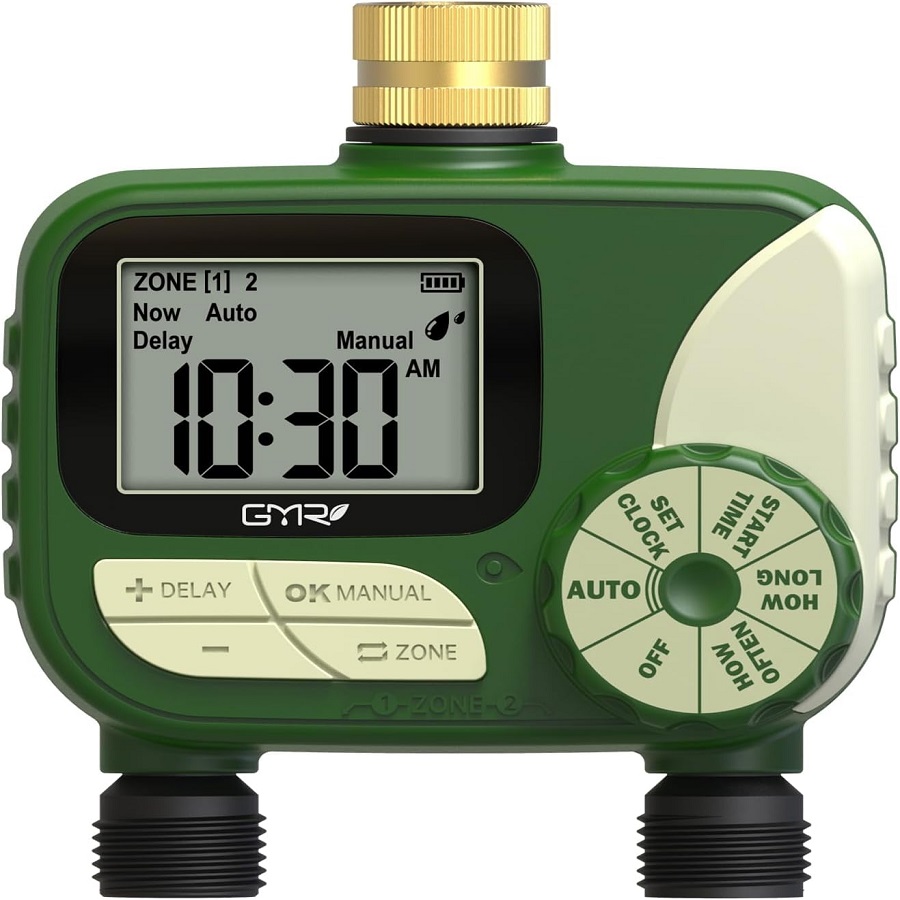
Cost Considerations
Budget-Friendly Options
If you’re on a limited budget, there are many affordable mechanical timers available. While they may lack advanced features, they can still effectively manage your garden’s watering needs. Consider starting with a basic model and upgrading later as your gardening skills and requirements grow.
Investing in Quality
For those willing to invest more upfront, high-quality digital timers often prove to be worth the cost. These models offer durability, advanced features, and energy efficiency, leading to long-term savings on both water and replacement costs. A well-chosen water timer can enhance your gardening experience and contribute to healthier plants.
Troubleshooting Common Issues
Timer Not Turning On
If your water timer fails to activate, first check the power source. Ensure that batteries are installed correctly and have sufficient charge, or if it’s plugged in, confirm the outlet is functioning. If everything appears in order, try resetting the timer according to the manufacturer’s instructions. If the problem persists, consult the user manual or contact customer support for assistance.
Leaks at Connections
Leaks are a common issue that can waste water and disrupt your watering schedule. To address this, inspect all hose connections and ensure they are tightened securely. Consider using Teflon tape around threaded connections to create a watertight seal. If leaks continue, check for cracks in the timer or hoses, as these may require replacement or repair.
Inconsistent Watering Patterns
If you notice that your plants are being watered inconsistently, it may be due to improper programming or a malfunctioning timer. Double-check your settings to ensure they are configured correctly. If the timer appears to be working but watering patterns are still uneven, consider cleaning filters or replacing any worn-out components that could affect performance.
Conclusion
Choosing the right water timer for your garden can significantly impact your gardening success. By understanding the different types of timers available, considering essential features, and evaluating your garden’s unique needs, you can make an informed decision. Whether you opt for a simple mechanical timer or a sophisticated digital model, the right water timer will help ensure that your plants thrive, making your gardening efforts rewarding and enjoyable. Remember to regularly maintain your timer to maximize its efficiency and lifespan. Happy gardening!
